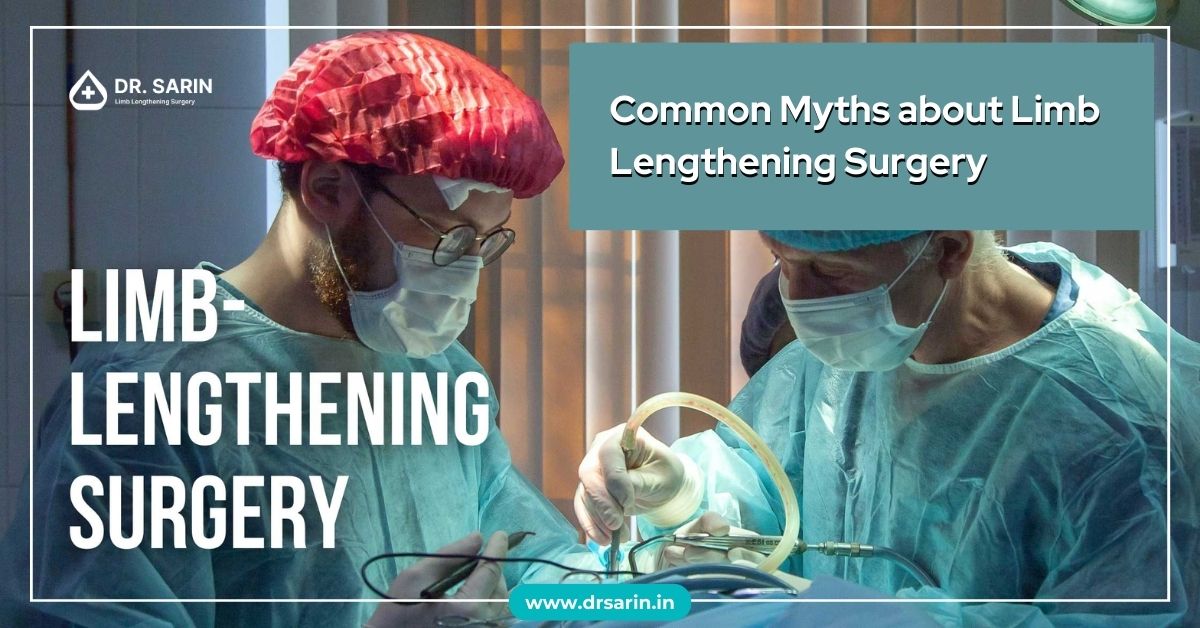Limb lengthening surgery is a medical procedure that has gained attention for its potential to address height-related concerns. However, amidst the curiosity, several myths surround this surgical process. Let’s debunk these misconceptions and shed light on the realities of limb-lengthening surgery.
Non-Operational Methods for Increasing Height
One prevalent myth is the belief that surgical intervention is the only way to increase height. In reality, there are non-surgical methods, such as exercises, nutrition, and posture correction, that contribute to height enhancement. While these non-operational approaches may lead to subtle changes, limb lengthening surgery remains a more significant option for those seeking a more dramatic transformation.
Many Patients Wish to Lengthen Their Limbs by Ten or More Centimeters in a Single Procedure.
While limb lengthening surgery is indeed a transformative procedure, expecting an increase of 10 or more centimetres in a single surgery is unrealistic and medically unsound. Limb lengthening is a gradual process that requires time and careful monitoring. Surgeons typically recommend multiple surgeries, each aimed at achieving a modest lengthening to ensure the safety and well-being of the patient.
Very High Probability of Losing the Ability to Move, Having Deformed Legs, or Other Permanent Complications
Contrary to the myth surrounding limb lengthening surgery, advancements in medical technology and surgical techniques have significantly reduced the risks associated with the procedure. While no surgery is entirely without risks, limb lengthening surgeries are performed by skilled orthopaedic surgeons who prioritize minimizing complications. With proper medical guidance, the chances of permanent complications, such as loss of mobility or deformed legs, are considerably low.
Scary and Cumbersome Ilizarov Device
The fear of limb lengthening often stems from outdated perceptions, especially concerning the appearance of older versions of the Ilizarov device. Modern orthopaedic technologies have evolved, and the Ilizarov device has undergone significant improvements. The contemporary appliances are designed with patient comfort and convenience in mind, ensuring a smoother experience during the limb-lengthening process. These devices are far from the intimidating images of their predecessors.
In conclusion, limb lengthening surgery is a medical procedure surrounded by misconceptions. Non-operative methods exist for height enhancement, and surgical procedures are not as drastic as some myths suggest. The risks associated with limb lengthening surgery have been significantly mitigated through technological advancements, and the outdated fears related to the appearance of orthopaedic devices are no longer valid. It is crucial for individuals considering limb lengthening surgery to consult with qualified medical professionals who can provide accurate information and guidance based on current practices and advancements in the field.
Also Read:



